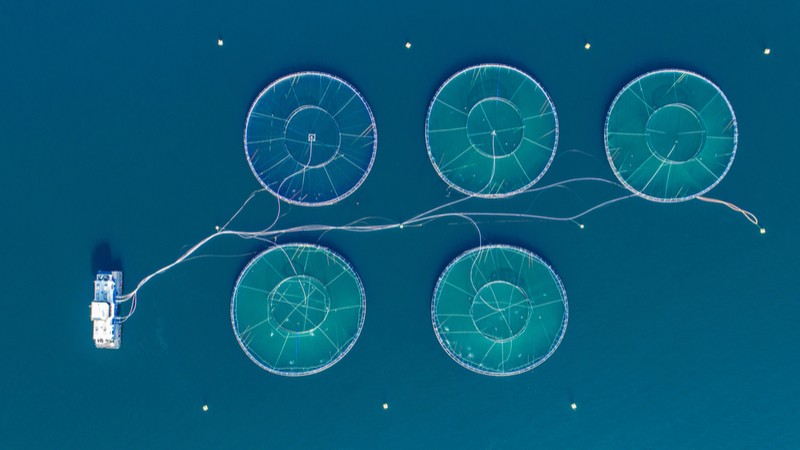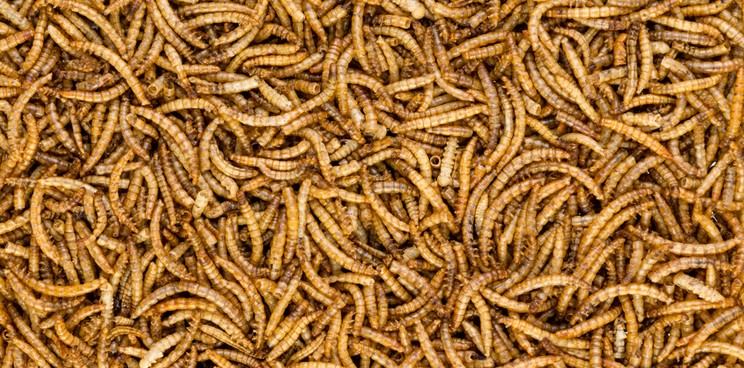Newsletter Signup - Under Article / In Page
"*" indicates required fields
A Series C round of €110M ($125M) — the largest ever for agriculture technology outside of the USA — will fund the construction of the world’s largest automated insect farm by the French company Ynsect.
Ynsect is a company that uses insects to provide protein-rich feed for fish farming, pet food, and even the fertilizer industry. Amongst a number of other advantages, bugs are environmentally friendly sources of protein that require fewer fossil fuels to produce than current techniques, and impact wildlife less, for example, reducing overfishing of fishery stocks.
“By offering an insect protein alternative to traditional animal and fish-based feed sources, Ynsect can help offset the growing competition for ocean fish stock required to feed two billion more people by 2050,” stated Ynsect’s CEO, Antoine Hubert.
With this big Series C funding, the company plans to build the largest automated insect farm in the world in Amiens Metropole in Northern France. This will help it to scale up the farming process of mealworm, which are larvae of the beetle species Tenebrio molitor.

Compared to fly species used by many other insect farming companies, such as the Dutch company Agroloop and the UK’s Entocycle, mealworm have a higher protein and lower mineral content, potentially making them more suitable feedstock.
One obstacle to the adoption of insect-sourced feed has been its lack of scaling up so far, which makes it more expensive than traditional sources.
“There are no large scale insect production technologies that can today address the large amount of insect products required [by fish farming] at a competitive price – which is around €1 per kilogram,” Hubert told Labiotech in 2015: “Insect protein powders today are around €100 per kilogram with state-of-the-art technologies.”
Creepy crawlies could provide unusual solutions for other industries aside from feed. For example, their chitin could be used to make sustainable fabrics. The German biotech AMSilk has taken the gene for spider silk and used recombinant bacteria to produce it for applications including fabrics and airplane materials.
Images from Shutterstock
Partnering 2030: FME Industries Report







